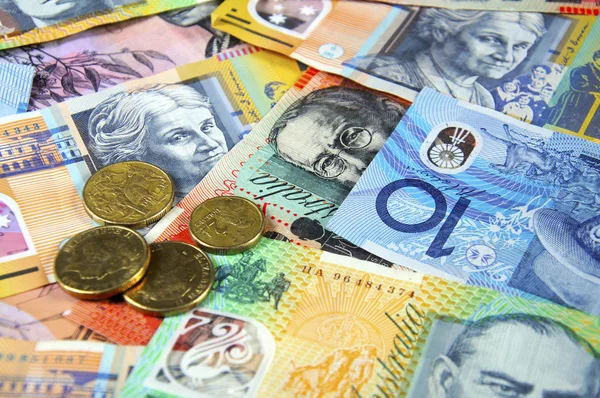Australian dollar rose on Wednesday as risk sentiment strengthened.
Despite the Australian Bureau of Statistics’ release of a lower than expected Wage Price Index (Q1) on Wednesday, the Australian Dollar (AUD) remained steady and positive. This index measures labor cost inflation. The Australian dollar’s rise could be linked to an increased risk appetite.
Australian government is targeting headline inflation and attempting to alleviate cost of living pressures by allocating billions of dollars in assistance.
The Australian Budget for 2024-25 has returned to a deficit. Following a $9.3 billion surplus in 2023-24. The Australian government aims. to combat headline inflation and ease cost of living pressures by devoting billions of dollars to lower energy bills and rent, as well as steps to reduce income taxes.
The US Dollar fell as investors digested stronger-than-expected US PPI data.
The US Dollar Index (DXY), which measures the performance of the US Dollar (USD) against six major currencies, has continued to fall for the second consecutive session. Investors have digested higher than expected US Producer Price Index data for April, as they anticipate the Consumer Price Index report on Wednesday.
Jerome Powell, the Federal Reserve Chair, predicts. That inflation will continue to fall. Powell voiced less confidence in the disinflation prognosis than earlier estimates. He also stated that GDP growth is likely to be 2% or higher. Citing the labor market’s resilience as the reason for this upbeat estimate.
Daily Market Movers: The Australian dollar rises due to increased risk appetite.
Australia’s Wage Price Index (QoQ) increased by 0.8% in the first quarter. Falling just short of the expected growth of 0.9%. Year over year, it increased by 4.1%. Which was little lower than the predicted 4.2% increase.
The US Bureau of Labor Statistics (BLS) stated. That the Producer Price Index (PPI) increased by 0.5% month on month in April, above the prediction of 0.3% and rebounding from March’s contraction of -0.1%. Furthermore, the Core PPI, which excludes volatile food and energy prices. Rose by 0.5% month on month, beating expectations of 0.2%.
Treasurer of Australia Jim Chalmers expects the current headline inflation rate of 3.6%.
According to Reuters, Treasurer of Australia Jim Chalmers expects. The current headline inflation rate of 3.6% to return to The Reserve Bank of Australia’s target range is 2-3% by the end of the year. If this scenario plays out. The central bank is likely to contemplate decreasing interest rates earlier than expected by the market.
On Sunday, Australia’s Treasury said it expected inflation to return to the Reserve Bank of Australia’s (RBA) target range by the end of 2024. In their December forecast, officials expected that CPI inflation would fall to 3.75% by mid-2024 and 2.75% by mid-2025, which is consistent with the RBA’s goal range.
The Federal Reserve Bank of New York conducted a consumer mood poll. Which revealed that US consumers anticipated a broad increase in inflation over the next year, with estimates reaching 3.3%. This is an increase from 3.0%.The consumer one-year inflation expectation figure was announced in March.
According to Reuters, Fed Vice Chair Philip Jefferson has urged for the continuation of present interest rates until signals of inflation easing become clearer.









